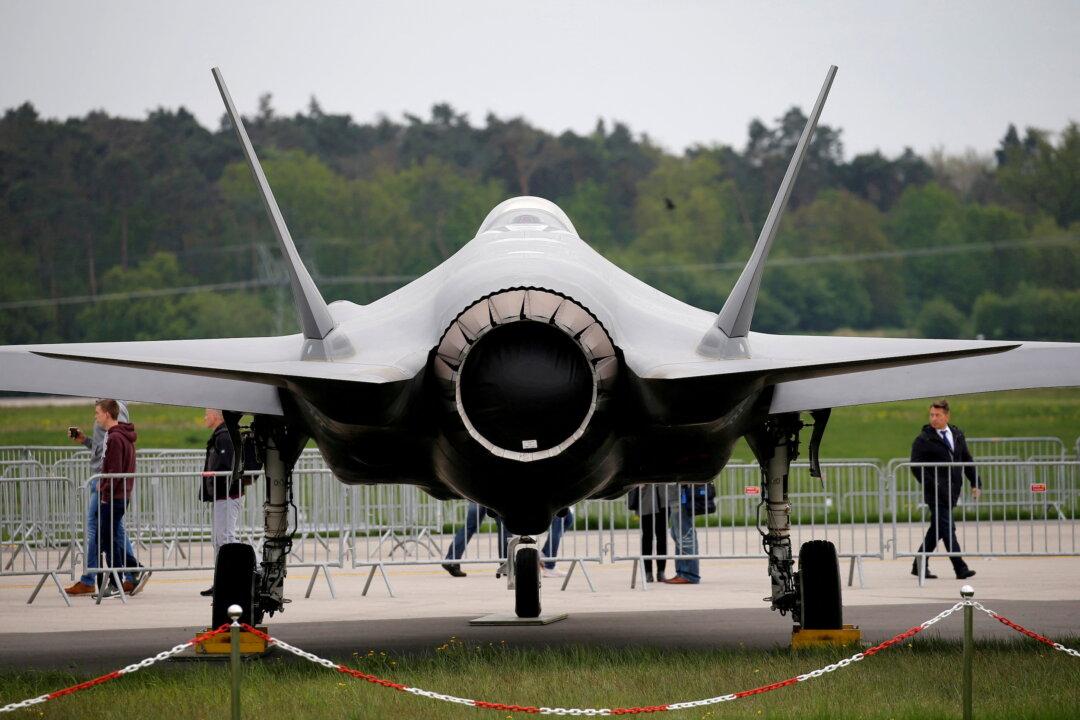Commentary
When it comes to shape, the F-35 is pretty stealthy when going up against legacy air defense radars. But when it comes to sound, the F-35 is loud—really, really loud. In fact, tests have the F-35 being perceived as four times as loud as an F-16 and many times louder than an A-10.





